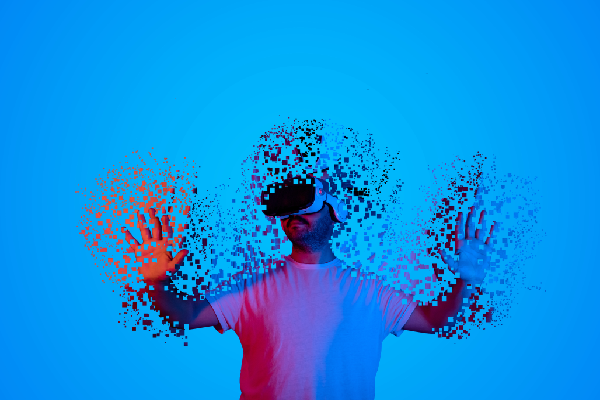Your cart is currently empty!
HMG Strategy Market Update and Tech News Digest
Global market update and executive summary of tech industry news headlines, brought to you Hunter Muller and the editorial team at HMG Strategy.
Volatility Continues, Despite Rally Early in Week
The bumpy ride isn’t over, as volatility continues and uncertainty rattles investors.

“December, normally the calmest month for markets, has so far been the most volatile month of 2021, according to Bespoke Investment Group that looked at the S&P 500′s average absolute daily change since 1953. Wall Street’s ‘fear gauge’ the Cboe Volatility Index spiked above 35 earlier this month and has stayed above the 20 threshold,” write Yun Li and Tanaya Macheel of CNBC. “Investors have been grappling with fears of the fast-spreading omicron Covid variant, surging inflation and the end of ultra-easy monetary policy. Many are expecting lower returns and a bumpier road ahead after a strong year that saw the S&P 500 gain nearly 24%.”
U.S. stocks climbed on Wednesday as the market struggled to rebound from a three-day losing streak. But I doubt the mid-week rally indicates a fundamental change in sentiment.
Musk Doesn’t See Much in the Metaverse or Web3
Elon Musk, the CEO of Tesla and SpaceX, says he isn’t impressed by the metaverse or Web3, both of which he perceives as being overly hyped.

“Right now, the ‘metaverse’ is mostly an over-hyped branding exercise for a series of virtual worlds, some of which are dependent on VR headsets to access. Critics point out that we’ve basically tried all this technology before, with the failed VR boom of the ‘90s and the rise of spaces like Second Life in the early 2000s. What this current iteration mainly offers is improved hardware, a flashy new title, and billions of dollars of backing from giants like Facebook-owned Meta, keen to control what they see as the next big digital platform,” writes James Vincent of The Verge.
Web3 is also generating yawns from many serious investors, but that may change if the financial services industry gets involved in a big way.
“While still a hazy concept, Web3, or Web 3.0, has been hailed by proponents as a decentralized version of the internet based on blockchain, the technology behind many major cryptocurrencies and nonfungible tokens, or NFTs. A plethora of entrepreneurs around the world are trying to design and build the technologies and protocols that would support Web3,” writes Sam Shead of CNBC. “Advocates of Web3, which would follow Web1 and Web2, argue that today’s online platforms are too centralized and controlled by a handful of large internet companies, like Amazon, Apple, Alphabet and Facebook parent company Meta. These companies have amassed vast quantities of data and content that’s been shared on the internet.”
Oracle Moves Deeper into Healthcare Tech
The healthcare industry got a jolt this week when a major legacy tech player bought a large and well respected electronic medical records firm.

“Oracle Corp. on Monday announced its largest deal ever, a roughly $28.3 billion purchase of electronic-medical-records company Cerner Corp. that vaults the business-software giant deeper into healthcare technology,” writes Aaron Tilley of the Wall Street Journal. “The deal extends Oracle co-founder Larry Ellison’s longstanding willingness to buy his way into new markets. Mr. Ellison built Oracle into a major power in business software in part through a long list of acquisitions over the decades. Last year Oracle and a group of other companies tried to buy the U.S. operations of video-sharing app TikTok, which would have given Oracle’s cloud business a foothold in social media.”
DARPA Plans to Augment Military Training Systems with AI
DARPA, the organization that helped launch the internet, is investing in an innovative AI system that it hopes will modernize military training.

“The Defense Advanced Research Projects Agency has issued a $5.8 million contract to a team building an artificial intelligence system able to scan instruction manuals and convert that data into instructions for augmented reality systems,” writes Nathan Strout of C4ISRNET. “With the goggles on, technicians can see relevant information and instructions in the space around them as they go about their work, saving them from having to constantly walk back and forth to consult physical manuals or computer monitors.”


